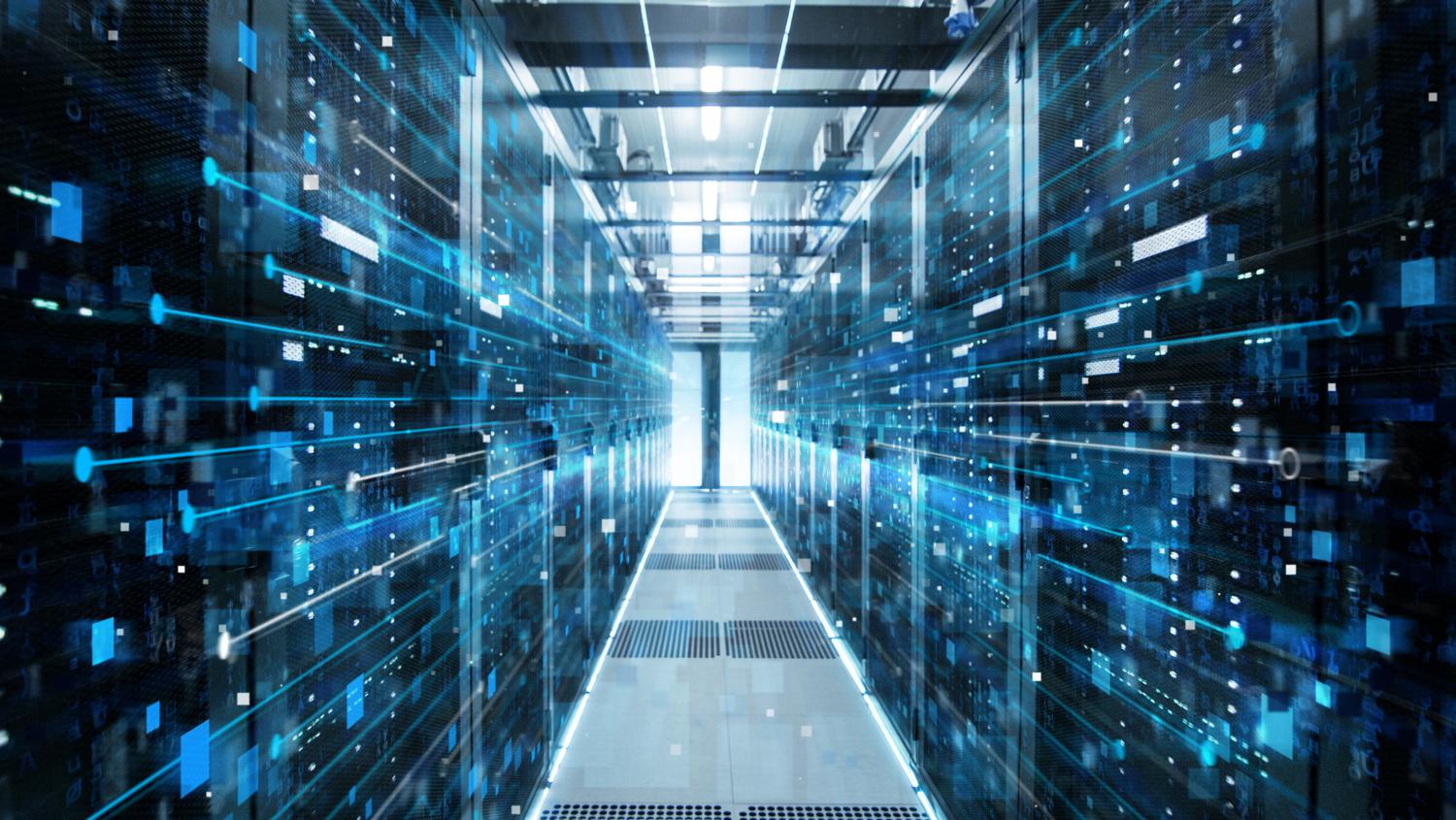What is Data Center?
A data center is a facility that centralizes an organization’s shared IT operations and equipment. To store, process, and disseminate data and applications. Because they house an organization’s most critical and proprietary assets, data centers are vital to the continuity of daily operations. Consequently, the security and reliability of data centers and their information are among any organization’s top priorities.
In the past, data centers were highly controlled physical infrastructures. Except where regulatory restrictions require an on-premises It without internet connections, most modern data center infrastructures have evolved from on-premises physical servers to virtualized infrastructure that supports applications and workloads across multi-cloud environments.
What defines a modern data center?
Modern data centers are very different than they were just a short time ago. Infrastructure has shifted from traditional on-premises physical servers to virtual networks that support applications and workloads across pools of physical infrastructure and into a multi-cloud environment.
In this era, data exists and is connected across multiple data centers, the edge, and public and private clouds. The data center must be able to communicate across these multiple sites, both on-premises and in the cloud. Even the public cloud is a collection of data centers. When applications are hosted in the cloud, they are using It resources from the cloud provider.
The Role of the Data Center
Data centers are an integral sector of the enterprise, designed to support business applications and provide services such as:
- Data storage, management, backup and recovery
- Productivity applications, such as email
- High-volume e-commerce transactions
- Powering online gaming communities
- Big data, machine learning, and artificial intelligence
Nowadays, there are reportedly more than 7 million data centers worldwide. Practically every business and government entity builds and maintains its own data center or has access to someone else’s, if not both models. Many options are available today, such as renting servers at a colocation facility, using data center services managed by a third party, or using public cloud-based services from hosts like Amazon, Microsoft, Sony, and Google.
The Core Components of a Data Center
Data center architectures and requirements can differ significantly. For example, a data center built for a cloud service provider like Amazon satisfies facility, infrastructure and security requirements. These differences are quite different from a completely private data center, such as a government-built facility dedicated to the security of classified data.
Regardless of the classification, a developed data center activity is achieved through a balanced investment in the facilities and equipment in which it is located. In addition, as data centers often house important business applications of the organization, it is essential that facilities and equipment are secure against attackers and cyber attacks.
The primary elements of a It break down as follows:
- Facility
- Core components
- Support infrastructure
- Operations staff
Facility
the usable space available for IT equipment. Providing round-the-clock access to information makes Them some of the world’s most energy-consuming facilities.Design to optimize space and control the environment to keep equipment in a certain temperature and humidity range are both important.
Core components
equipment and software for IT operations and storage of data and applications. Also These may include storage systems; servers; network infrastructure, such as switches and routers; and various information security elements, such as firewalls.
Support infrastructure
equipment contributing to securely sustaining the highest availability possible. The Uptime Institute has defined four tiers of data centers, with availability ranging from 99.671% to 99.995%.
Furthermore Some components for supporting infrastructure include:
- Uninterruptible Power Sources (UPS) – battery banks, generators and redundant power sources.
- Environmental control – computer room air conditioners (CRAC); heating, ventilation and air conditioning (HVAC) systems; and exhaust systems.
- Physical security systems – biometrics and video surveillance systems.
Operations staff
personnel available to monitor operations and maintain IT and infrastructure equipment around the clock.
Why are data centers important to business?
In addition In the world of enterprise IT, data centers are designed to support business applications and activities that include:
- Email and file sharing
- Productivity applications
- Customer relationship management (CRM)
- Enterprise resource planning (ERP) and databases
- Big data, artificial intelligence, and machine learning
- Virtual desktops, communications and collaboration services
What are the standards for data center infrastructure?
So The widely adopted standard for data center design and data center infrastructure is ANSI / TIA-942. This includes standards for ANSI / TIA-942 ready certification that ensure compliance with one of four categories of It rows rated as redundancy and fault tolerance levels.
- Basic site infrastructure. A Tier 1 data center offers limited protection against physical events. It has single-capacity components and a single, nonredundant distribution path.
- Redundant-capacity component site infrastructure. This data center offers improved protection against physical events. It has redundant-capacity components and a single, nonredundant distribution path.
- Concurrently maintainable site infrastructure. So This data center protects against virtually all physical events, providing redundant-capacity components and multiple independent distribution paths. Each component can be removed or replaced without disrupting services to end users.
- Fault-tolerant site infrastructure. Indeed This data center provides the highest levels of fault tolerance and redundancy. Redundant-capacity components and multiple independent distribution paths enable concurrent maintainability and one fault anywhere in the installation without causing downtime.
Conclusion
Data centers have evolved significantly in recent years. As IT continues to move toward on-demand services, data center infrastructures have evolved from internal servers to virtual infrastructures that support a variety of loads in physical infrastructure subsets and multi-cloud computing environments. Therefore we hope you enjoy reading this article and your knowledge has been increased abut Data Centers.













